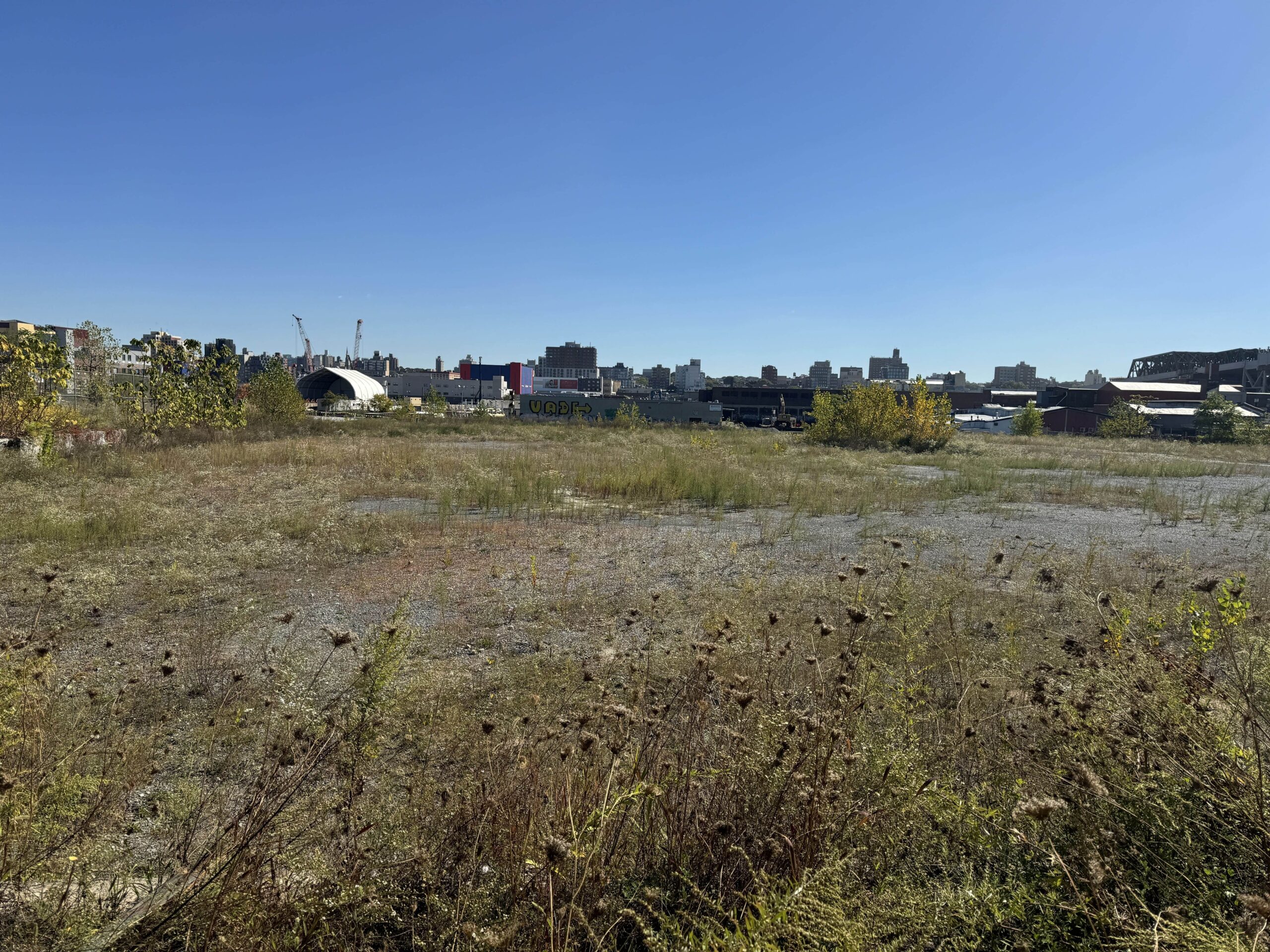At the beginning of October, National Grid, the energy company primarily responsible for cleaning up the Gowanus Canal and the former Citizens Manufactured Gas Plant site (also known as Public Place), filed a lawsuit against 40 defendants, claiming they’re not doing their part to clean up the canal.
Following the news of the lawsuit, concerns arose among community members that the latest litigation would further delay the remediation of Public Place, which, once the cleanup is complete, will be the home of “Gowanus Green,” a development of 955 affordable housing units, a school, a playground and a public park. The cleanup was already delayed earlier this year, when the New York State Department of Environmental Conservation (DEC) told National Grid that the current remediation plan was inadequate to satisfy new Environmental Protection Agency (EPA) guidelines. In response, National Grid started a dispute resolution process, which they have the right to under its agreement with the state. At some point this year, this formal process was put on hold, and negotiations have now been going on for some time between DEC and National Grid to iron out what the cleanup plan will look like. According to Brian Carr, lead EPA attorney for the Gowanus Superfund site, who spoke recently at a Gowanus Community Advisor Group (CAG) meeting, the new remediation plan will meet — and may even exceed — EPA requirements, but nothing has so far been shared with the public.
National Grid’s lawsuit will likely not delay work at Public Place, as it is a separate project from the Gowanus Canal Superfund cleanup. Still, as negotiations between National Grid and DEC drag out, Public Place remains the most polluted spot along the Gowanus Canal and one of the most polluted places in the state. And no one seems to know — or be willing to share — when that will change.
The state’s environmental conservation department wrote in an email that the agency doesn’t anticipate that the lawsuit will affect the cleanup of Public Place, but did not provide further details on the timeline for the site or what the remediation plan will look like. “New York State has a proven track record of successfully investigating and cleaning up many contaminated sites across New York State, including former industrial sites along the Gowanus Canal, as part of DEC’s ongoing mission to protect public health and the environment. DEC will ensure that the BCP applicants implement a cleanup that is fully protective of public health and the environment. DEC works closely with New York State Department of Health (DOH) and the U.S. Environmental Protection Agency (EPA), as appropriate, to ensure cleanups use the best available science to protect public health and the environment, both during and after the cleanup is complete,” the agency wrote in a statement.
“The cleanup was completed, discussions on supplemental work is ongoing,” Alexander Starr, National Grid spokesperson, wrote in an email, referring to the initial cleanup plan which was completed before DEC demanded additional work. He also did not offer any further details on the timeline for the supplemental remediation efforts.
With no clear plans or timeline for the cleanup on the horizon, this also means that the development of the nearly 1,000 affordable housing units that make up the housing portion of Gowanus Green is also, effectively, on an indefinite hold.

The plans for Gowanus Green date back about two decades and became a reality in 2008, when the Gowanus Green Development team, a joint venture between Fifth Avenue Committee, The Bluestone Organization, Hudson Companies and Jonathan Rose Companies, won a Request for Proposal issued by the City of New York. The project then became part of the Gowanus rezoning, an initiative spearheaded by New York City Comptroller Brad Lander, a former director for Fifth Avenue Committee who at the time was the council member for District 39. After the City Council passed the rezoning in 2021, the city and the involved parties officially announced Gowanus Green.
Since then, few pieces of substantial news about the development have come out and it remains uncertain when it will be finished. One of the developers, Hudson Companies, notes on its website that the project will be completed in 2027, but there is no information indicating whether that estimation includes the recent delays. Phone calls to Hudson Companies and Jonathan Rose Companies went unanswered. Brad Lander’s office also did not respond to requests for comment.
Michelle de La Uz, executive director of Fifth Avenue Committee, wrote in an email that construction will start “once the path forward on the additional environmental remediation has been decided,” seemingly putting the onus on DEC and National Grid. “Residents are expected to begin to move in 2-3 years after construction of each of the individual 6 residential buildings has begun,” de la Uz added.
Funding seems to be trickling in, however. In July, Council member Shahana Hanif, successor of Brad Lander, who also has been a vocal supporter of the Gowanus Green development, announced $6 million in capital funding for phase one of construction. The announcement, however, did not include further information about when phase one may begin.
When asked about Gowanus Green and the remediation of the site, Hanif wrote in an email statement, “My office has been in close contact with NYSDEC and National Grid to monitor the cleanup timeline for Public Place,” adding that both parties are taking the cleanup seriously and “are prioritizing the health and safety of future residents.”
She also echoed de la Uz’s message that the ball is currently in National Grid and DEC’s corner. “Given the current contamination concerns, our shared priority is to ensure the site is fully remediated before any development begins. My office and Speaker Adrienne Adams have supported the 100% permanently affordable Gowanus Green project with capital funding, and I am dedicated to ensuring it proceeds responsibly and transparently for the community. I will share the development timeline publicly once the respective agencies provide that information.”
Author
-

I’m a New York-based journalist from Sweden. I write about the environment, how climate change impacts us humans, and how we are responding.
View all posts
I’m a New York-based journalist from Sweden. I write about the environment, how climate change impacts us humans, and how we are responding.










